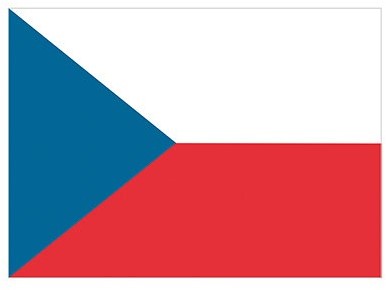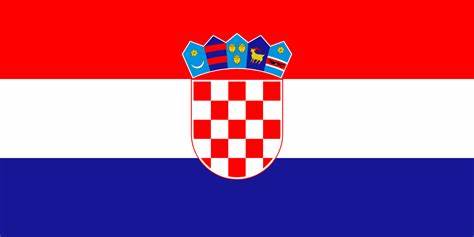Skip to main content
LOCATE A DEALER GIBSON APP
UNITED STATES
BELGIË BE
BELGIQUE FR
 CZECH REPUBLIC
CZECH REPUBLIC DANMARK
DANMARK DEUTSCHLAND
DEUTSCHLAND ESPAÑA
ESPAÑA FRANCE
FRANCE IRELAND
IRELAND ITALIA
ITALIA NEDERLAND
NEDERLANDÖSTERREICH
 ROMÂNIA
ROMÂNIA SLOVENSKO
SLOVENSKO SUOMI
SUOMI SVERIGE
SVERIGE UK
UK POLSKA
POLSKA GREECE
GREECE CROATIA
CROATIA BULGARY
BULGARY MAGYARORSZÁG
MAGYARORSZÁG
CLOSE MAIN MENU
UNITED STATES
BELGIË BE
BELGIQUE FR
 CZECH REPUBLIC
CZECH REPUBLIC DANMARK
DANMARK DEUTSCHLAND
DEUTSCHLAND ESPAÑA
ESPAÑA FRANCE
FRANCE IRELAND
IRELAND ITALIA
ITALIA NEDERLAND
NEDERLANDÖSTERREICH
 ROMÂNIA
ROMÂNIA SLOVENSKO
SLOVENSKO SUOMI
SUOMI SVERIGE
SVERIGE UK
UK POLSKA
POLSKA GREECE
GREECE CROATIA
CROATIA BULGARY
BULGARY MAGYARORSZÁG
MAGYARORSZÁG
ACCESSORIES & MERCHANDISE
Accessories
Lifestyle
ABOUT US
About Us
SUPPORT
Contact Support
Dealers
Support Tools
























